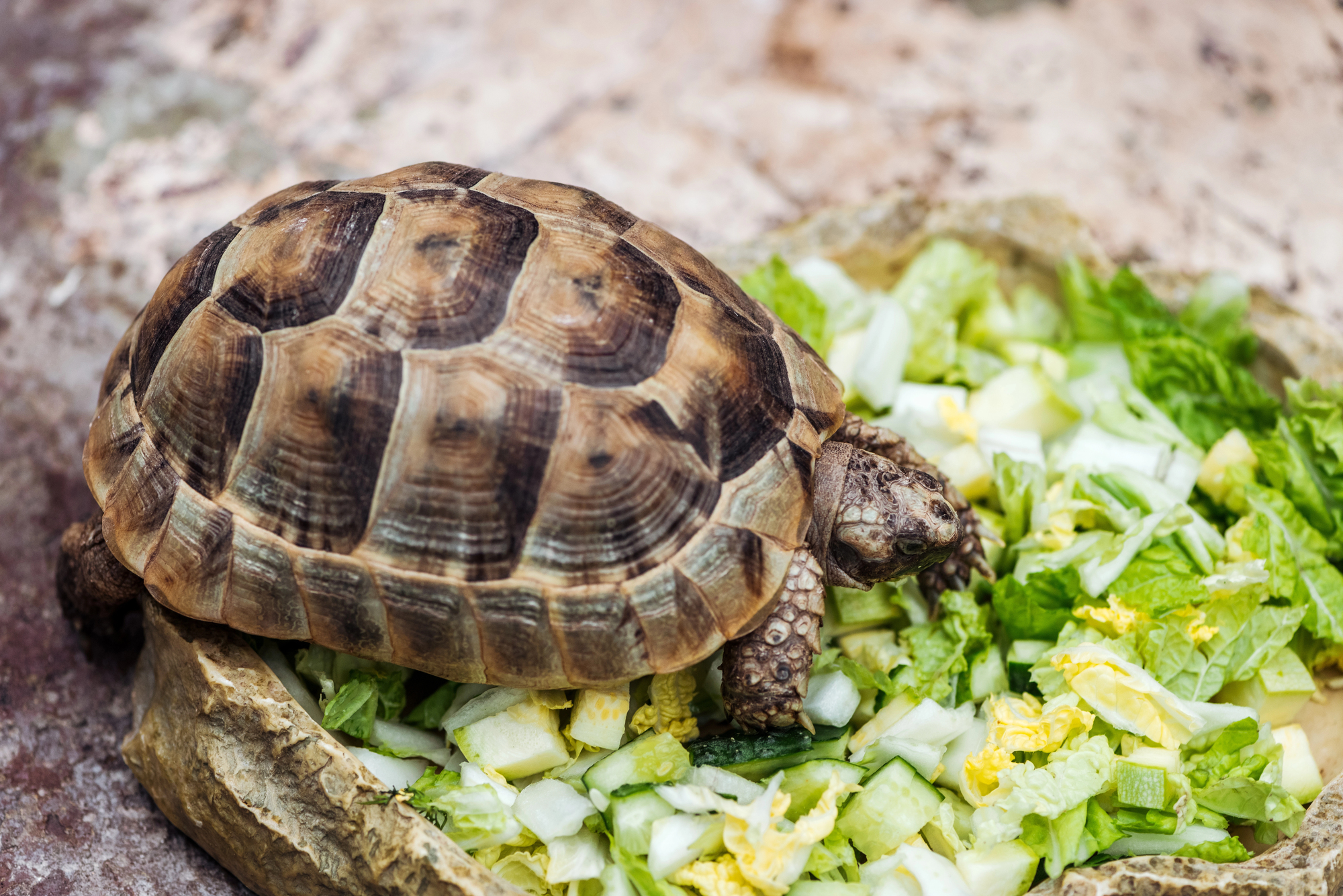What are the main reasons to have a class pet? In the dynamic landscape of education, teachers are constantly seeking innovative ways to engage students and create an enriched learning environment. One such approach that has gained significant attention is the introduction of a class pet. While the concept may seem unconventional at first, the benefits of having a class pet are multifaceted, impacting not only academic learning but also emotional and social development. Let’s explore the top reasons for having a class pet whether they are furry, feathered, or scaly friend into the classroom setting.
Promoting Responsibility and Care:
Students become responsible for the well-being of the class pet 
Enhancing Learning Opportunities:
Class pets can be incorporated into various subjects. They can often offer hands-on learning experiences with dealing with animals. Biology lessons become more vivid as students observe and study the pet’s life cycle, behavior, and anatomy 
Math concepts such as measurements and data analysis can be introduced through the pet’s care routines.
Stress Reduction and Emotional Support:
Can I get a hand raise here?! Teaching can be stressful and so can learning. And, a classroom pet can provide just the distraction we need to decompress and refocus. Our friendly pet can help to reduce stress and anxiety levels among students and teachers.
The presence of a class pet creates a calming environment that fosters emotional well-being.
Students with special needs can particularly benefit from the emotional support a class pet provides.
Fostering Social Interaction:
A class pet becomes a common point of interest among students. And, these furry friends can help to encourage students to interact and collaborate.
Students share experiences and stories related to the pet which can promote communication skills.
Building a Sense of Community:
The care of the class pet becomes a collective endeavor, and it can create a sense of community. Students learn teamwork and cooperation as they work together to meet the pet’s needs.
Stimulating Curiosity and Inquiry:
The presence of a class pet sparks curiosity, leading to questions and inquiries from students. Teachers can channel this curiosity into research projects, encouraging independent learning.
Teaching Respect for Nature:

Interacting with a class pet provides a firsthand connection to nature and the animal kingdom. Students gain a deeper understanding of ecosystems, biodiversity, and the importance of conservation.
Instilling Routine and Structure:
The care routines for a class pet establish a structured schedule within the classroom. Students learn the importance of consistency and organization in maintaining the pet’s well-being.
Empowering Responsibility in Decision-Making:
Students may participate in decisions related to the pet’s care. This can help to teach them critical thinking and decision-making skills.
Choices such as diet, habitat, and enrichment activities encourage thoughtful consideration.
Creating Lasting Memories:
Most of all, classroom pets create lasting memories. I didn’t get the privilege of having a class pet growing up. But, I can tell you they are a gem. One of my coworkers has a beaded dragon in her class, and we ALL find watching him and caring for him fascinating! I personally own chicken. Well, I bought 2 of my baby chicks to school one morning, and the students were instantly in love 

The memories that having a classroom pet can create may possibly contribute to a positive view of school and education in the long run.
The following is a graph of the top 5 classroom pets:
| Animal | Advantages/Reasons | Disadvantages |
| Turtle | Long lifespan, interesting to observe, teach responsibility | Require specific habitat conditions, can carry salmonella |
| Bird | Interactive, can mimic sounds, teach responsibility | Can be noisy, require space for flying, need regular cleaning |
| Lizard/Beaded dragon | Unique, can be educational, teach responsibility | Require specific habitat conditions, can be aggressive, need regular care |
| Hamster | Small size, relatively easy care, teach responsibility | Nocturnal, can bite, need regular cleaning |
| Fish | Low maintenance, calming to watch, teach responsibility | Limited interaction, can be sensitive to water quality |
These are not all of the possible classroom pets. So, feel free to choose your own classroom pet.
In conclusion, the benefits of having a class pet extend far beyond the classroom walls. From promoting responsibility and empathy to enhancing learning opportunities and emotional well-being, a class pet can be a transformative addition to any educational setting. By integrating the care and companionship of a pet into the learning process, you can create a holistic and enriching experience that leaves a lasting impact on students’ lives.
Other Articles to Read:
